Tesla Powerwall 3 Rebate Now Available - Combine with Federal Subsidy Today
Tesla Powerwall 3 Rebate Now Available - Combine with Federal Subsidy Today
Posted 18 Dec
As 2025 is here, many home and business owners are considering the installation of solar panels on their roofs to reduce energy costs and join the renewable trend.
The future of energy is looking brighter than ever as Australia continues to mass adopt solar. With the advancements in photovoltaic technology, price drops due to mass availability, and continued mass adoption of solar all over Australia, it is hard not to feel like you need to join the hype. You may still be hesitant on if solar will actually save you money and if it is worth the investment.
Firstly, let's look at the uptake trends of solar by state as it is rapidly becoming the go-to source for electricity generation, transforming the way we produce power.
According to the Energy
Council's Q3 report,
household and business rooftop solar has added 1.97 GW of capacity from 219,000 PV systems this year.
In Q3 we saw 68,500 new installations totalling 620 MW - and the Energy Council projects approx. 99,500 new rooftop installations
which would mean around 915 MW.

Quarterly installed capacity of rooftop solar PV in Australia since 2016 (unadjusted data) - Credit Energy Council
Solar is the perfect option for those wanting to switch to renewable energy. Here are a few additional reasons:
Because of the constant electricity price increases, owners are looking to make their property energy independent, fully reliant on solar energy production at both through the day and night. Minimise the impact of rising energy bills, and protect your electricity.
Solar panels have evolved in their technologies to improve production and efficiencies, meaning that they can produce a substantial amount more than previous generations in the same footprint. Did you know solar can have warranties up to 30 years?
Your property's value is boosted by Solar Installations as that property can now be supported by sustainable energy. More savings, and a boost in your properties' value.
Solar Power is a reliable source of energy as panels are made to last 30+ years, and the sun being available most of the time.
Solar Panels are very easy to maintain and keep running.


Because of the mass-adoption of solar in Australia, it has resulted in more competition and product innovation and efficiencies to reduce costs of solar systems, allowing broader access to many Australians in 2025.
The Australian Federal and State Governments have rebates in your area for you to get access to a large amount off a new system, or even free replacements such as the Zero-Interest loan program, or the Rebate Swap program.
New South Wales and ACT, both have carbon emission targets of Net Zero by 2050. By investing in Solar, you can contribute to the goal of a Net zero community.
We provide accurate Return-On-Investment timeframes in our proposals for your business to help you get an idea of how long it will take to offset the cost of your investment.
Let's be transparent here and say that with every few advantages, they have to be met with disadvantages of some sort, but what are they for solar?
Solar can be seen as a daunting initial investment as solar systems can be relatively expensive. But solar systems are what we just said, an investment. Most investments involve an initial financial handover for rewards based on time to fulfil and exceed the initial investment value. Solar fits into this category.
Yes the initial investment in solar may seem high, but with the price of energy continually increasing, and services like Amber out there, it allows for quicker return-on-investment timelines. There are also solar rebates available for 2025 to help owners make the switch to renewable energy.
Don't forget that investment into a solar or battery system increases the value of your property. So if you decided to sell before the
system payback equals zero, you are likely to get that bit more for your property. If you sell after your system has paid back, and you
get a higher sale price on your property, you win.
Weather dependency is another contributing disadvantage as solar is reliant on sunlight. Any obstructions like clouds or shading affects the efficiency of the system.
There are a few other disadvantages that should be mentioned that are met with easy solutions, such as dirt and debris affecting production,
which can be removed very easily with a quick clean.
We also see that some people talk about the carbon footprint of solar manufacturing, but as mentioned in
this article,
solar panel manufacturing has a lower carbon footprint to other energy sources.
New South Wales, Queensland, and Victoria all have had their highest Solar and battery storage installations.
This data is current of October 2023 (Q3).

Notes: The above table is based on voluntarily disclosed data for batteries that were installed at the same time as the solar PV system. Source: Clean Energy Regulator
The above statistics indicate that the renewable energy market is booming, and there is a reason why more and more people are investing in solar and battery storage. 2023 saw another successful amount of solar uptake, and a solid boom in battery storage installations, so why is all this? Will it carry out to 2025?
We believe that solar and battery storage will continue to grow for years as they are now, and have the potential to explode in popularity with technologies like Virtual Power Plants and Vehicle-to-Grid. Owners are just wanting to protect themselves against Bill Shock from rising cost of grid energy prices, and solar with battery storage is the easiest solution out there to install.
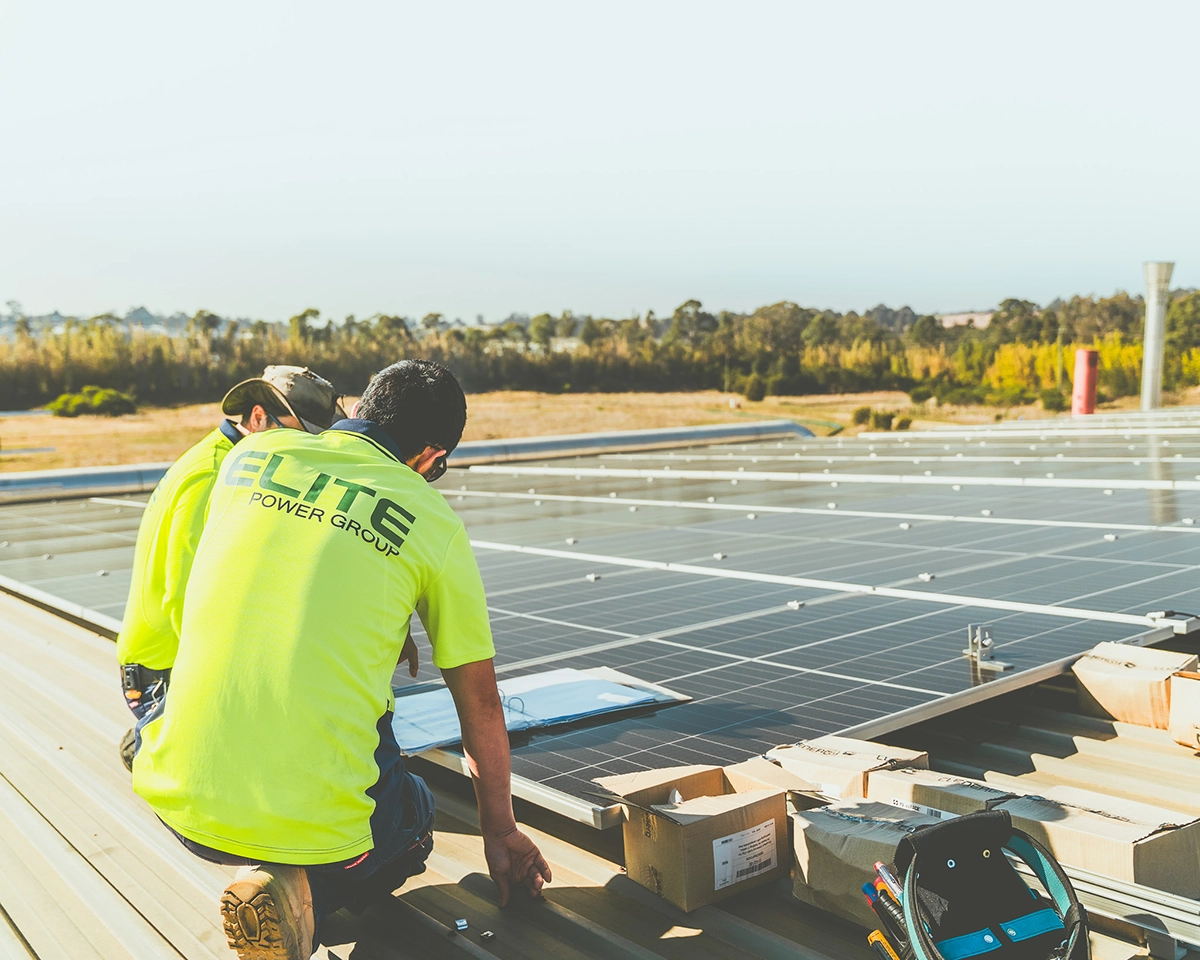

Services like Amber allow you to not only save on your bill, but actually earn money through the use of the wholesale market and smart energy distribution.
With the additional advancement in smart energy monitoring, users can now understand their electricity consumption habits and get insightful information on how they can change trends to use their energy more efficiently. These systems also include smart integration (such as the Fronius' smart integration) where multiple assets can talk to each other such as the inverter talking to the hot water system (Fronius OhmPilot) which can use excess solar energy to heat water at the most efficient times, smart electric vehicle charging (with the Fronius Wattpilot) which can charge via ECO modes using solar energy to charge your electric vehicle at on-peak hours etc.
All these different electrical systems make for a smart home to take full advantage of your self-consumption. Most people think solar is
the only system you install and forget, but the possibilities are endless in making your home or business a renewable powerhouse in
2025.
One of our Elite Power Group employees recently had a Fronius and BYD solar and battery system installed and has kindly offered to share their systems' performance. The specifications for this system consist of 13 kW of solar panels and 16 kWh of battery storage, which in total produces 20,666 kWh/yr.
Their savings on average (based on previous 6mths usage) is around $343/mth. Covering all usage charges and in the positive by about $2 per day.
(Image is the actual installation).

Firstly, there is an Electricity Network overvoltage issue where they are located, which is in the process of being fixed by the Network provider. This means that all the solar systems in the area, supplied from the same part of the grid, scale back their production to protect the network and connected households. This reduces the amount of solar energy going to the grid. But even with this grid network issue, their system is still producing a substantial amount more than their consumption.
According to our estimation software, their system has a 172% consumption offset which means they produce everything they consume 1.7x over,
and has at least a 94% reduction in their energy bill.
Not only does it produce more than they consume, but each year the system saves approximately 16.9 tons of CO2 being produced, which is the
equivalent of 3,212 trees planted and 499,572 car km's avoided over the systems' lifetime.

As you can see by these charts, solar energy produced in the day is greatly absorbed into energy storage and is used through the night. This kind of system allows you to not only use appliances like pool pumps, hot water heating etc. through the day, but through the night without even touching grid energy.
This kind of system allows this employee to be completely self-sustainable, with the exception of a few peak demands of their household, and unaffected by rising grid electricity costs. Imagine a world where you can have the air conditioner on all day and still earn money.
A few side notes; no solar and battery system will be 100% off-grid-like with energy usage, as you can see with the limited grid consumption periods. This would likely mean the battery output power couldn't keep up with demand and grid energy was used to meet the demand.
So overall, is Solar worth getting in 2025?
However, we understand that the initial investment may be unrealistic or hard to achieve for some property owners.
We can help you find the best solution according to your energy consumption habits and budget to help kick-start your renewable energy
production. Rebates and incentives are also available to help you install solar panels in 2025.
We genuinely want to see property owners become energy independent and thrive on self-sufficiency, and we can see a continual drop in
prices for solar panels and solar gear as time continues with the benefits becoming greater - as time goes on, the more attractive
self-consumption becomes.
With the basic benefits you get, along with the greater benefits you contribute to, solar is an excellent way to reduce your energy bills, and battery storage is also an excellent way to push to complete energy independence.
Overall, it is not too late to invest in Solar power. In fact, 2025 couldn't be a better to make the switch and move to more sustainable
energy production. We believe there are many opportunities to invest in the energy industry, with the innovation of new technologies, new
creative energy-saving strategies, and new business providing affordable solutions to even make money as well as saving it.

New South Wales holds the lead of the highest capacity of newly installed rooftop solar systems.
The average solar system size in Australia is around 9.3 kW.
The projected estimate of total new rooftop solar installations in Q3 2023 is approximately 99,500 systems.

Considering a cheap solar system? Learn how low-quality, unreliable inverters and panels can lead to costly repairs, full replacements, and safety issues.
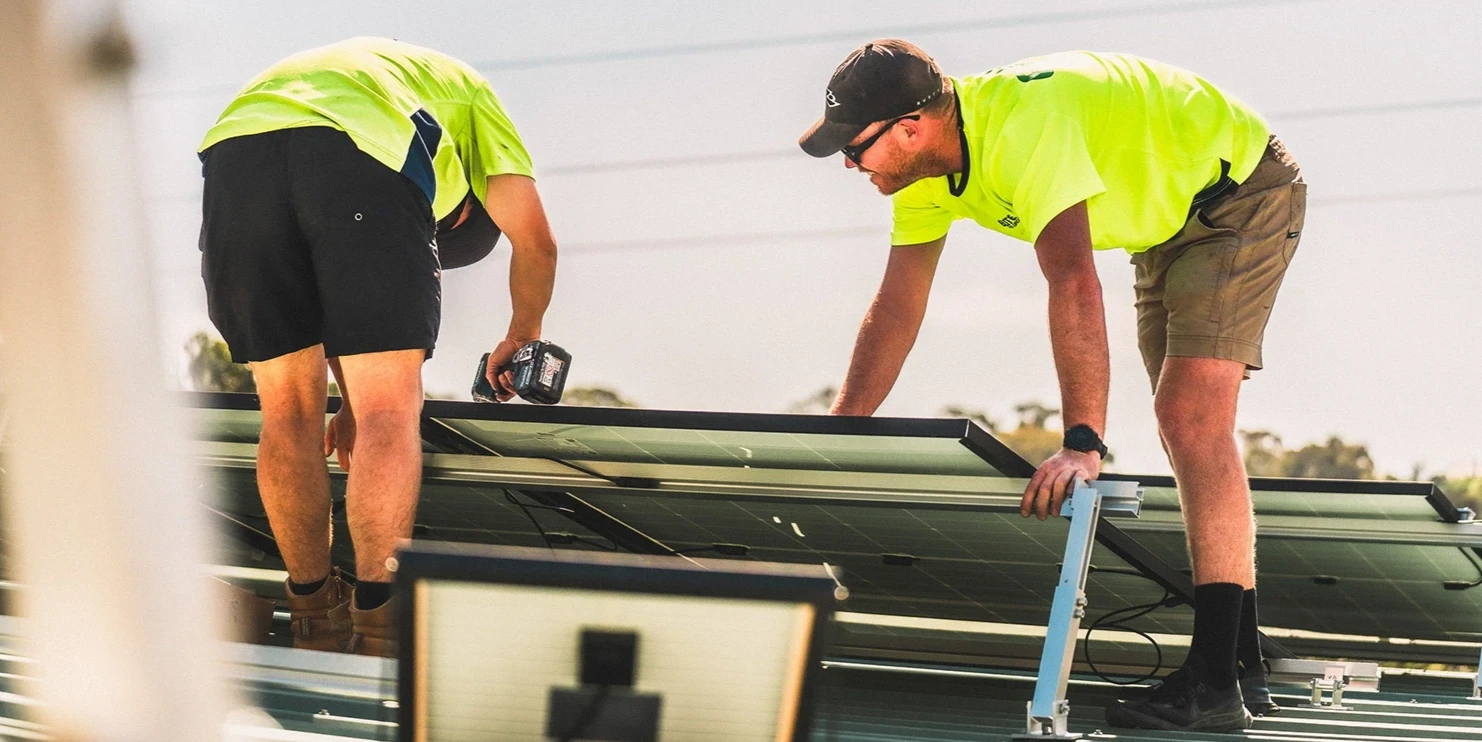
Learn how to avoid solar scams in NSW. Spot red flags & dodgy installer tactics and find reputable companies with great warranty & quality installations.
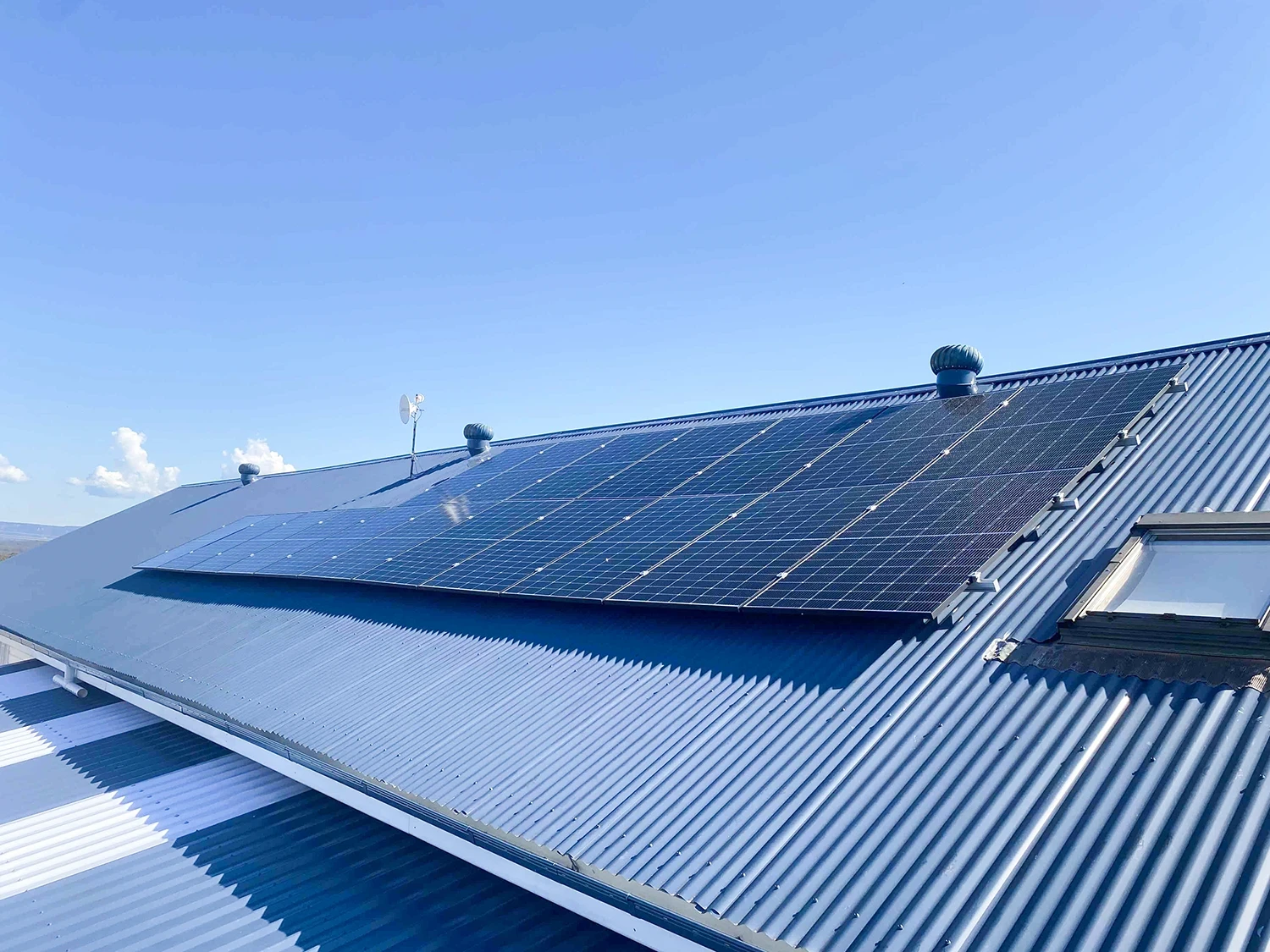
Explore the best solar system sizes & how many panels you need, the best Australian solar brands, and cost estimates for 6.6 & 10kW systems in NSW.
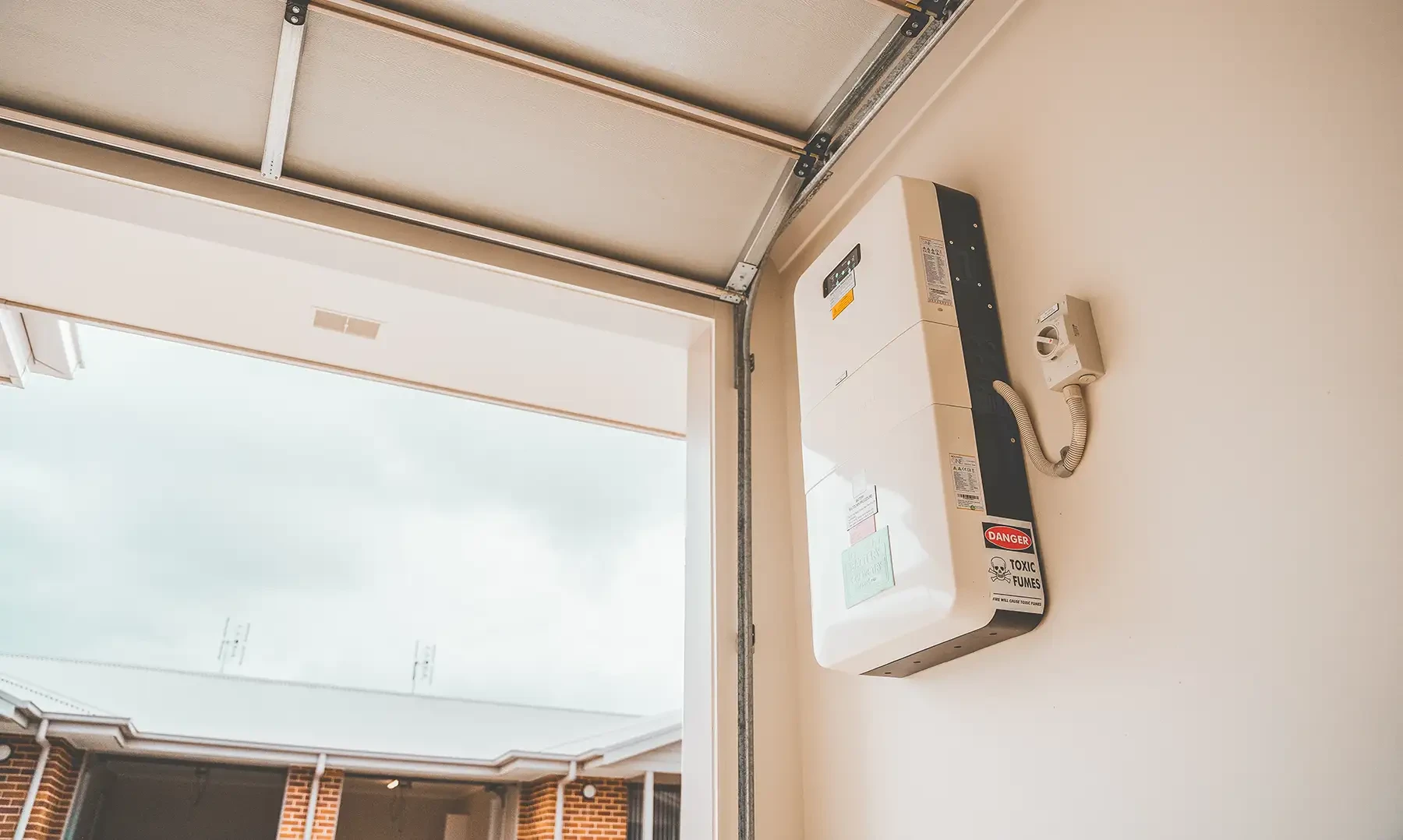
Over 56,000 solar batteries were sold in Q2, 2025, thanks to the Australian battery subsidy. Explore solar & battery uptake, growth trends, and what's next.

Explore what Virtual Power Plants (VPP) are, if joining is worth it, and how NSW solar battery owners can earn rewards, FiTs & rebates in Australia.
Renewable News Articles
Not only are we specialists in solar power, but we pride ourselves in being leading installers in battery
storage, as well as EV charging for homes and businesses. For solar and battery systems, we offer both on and off-grid solutions for a
range of applications.
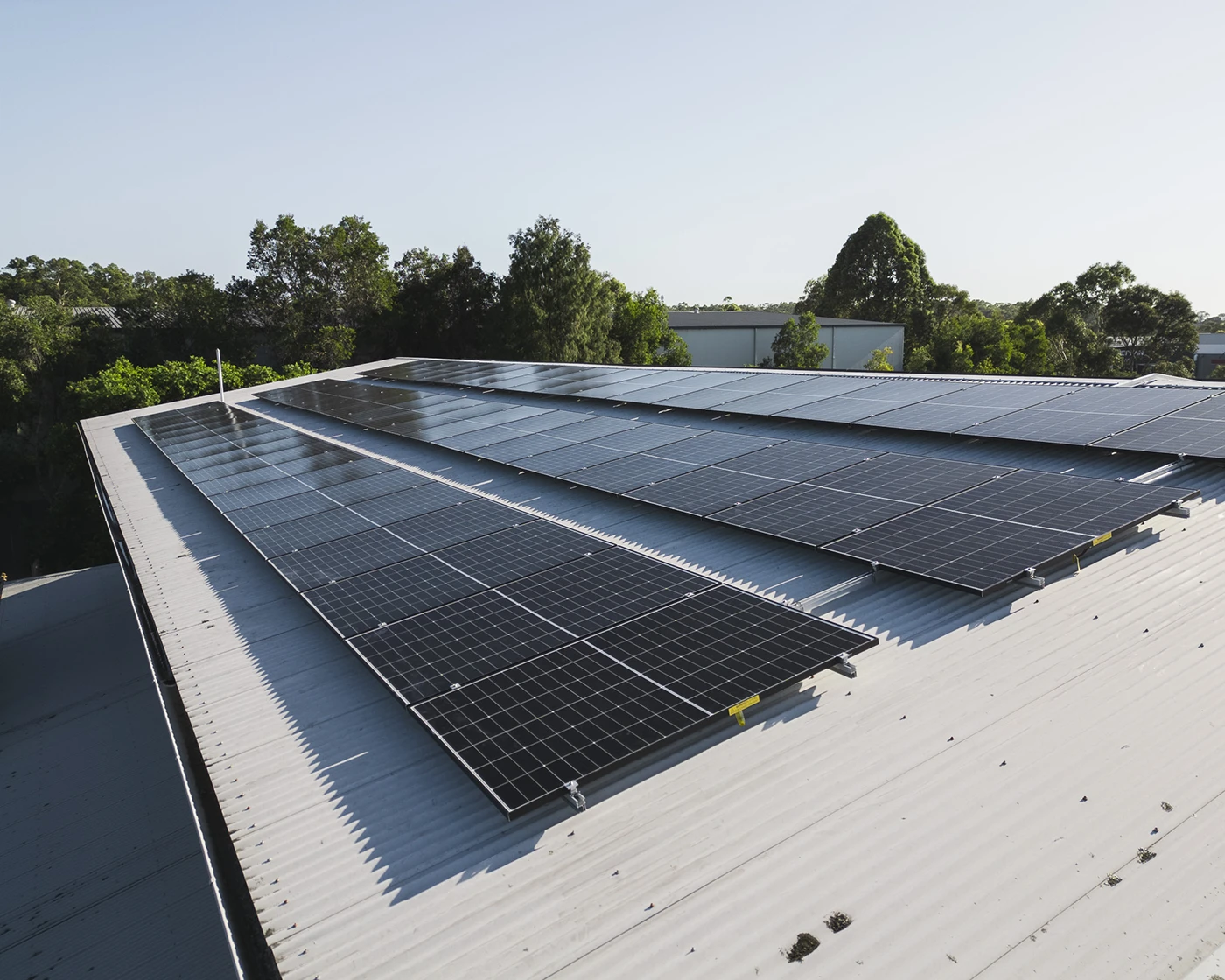
Newcastle's leading solar installers, providing long-lasting residential and commercial rooftop solar systems.
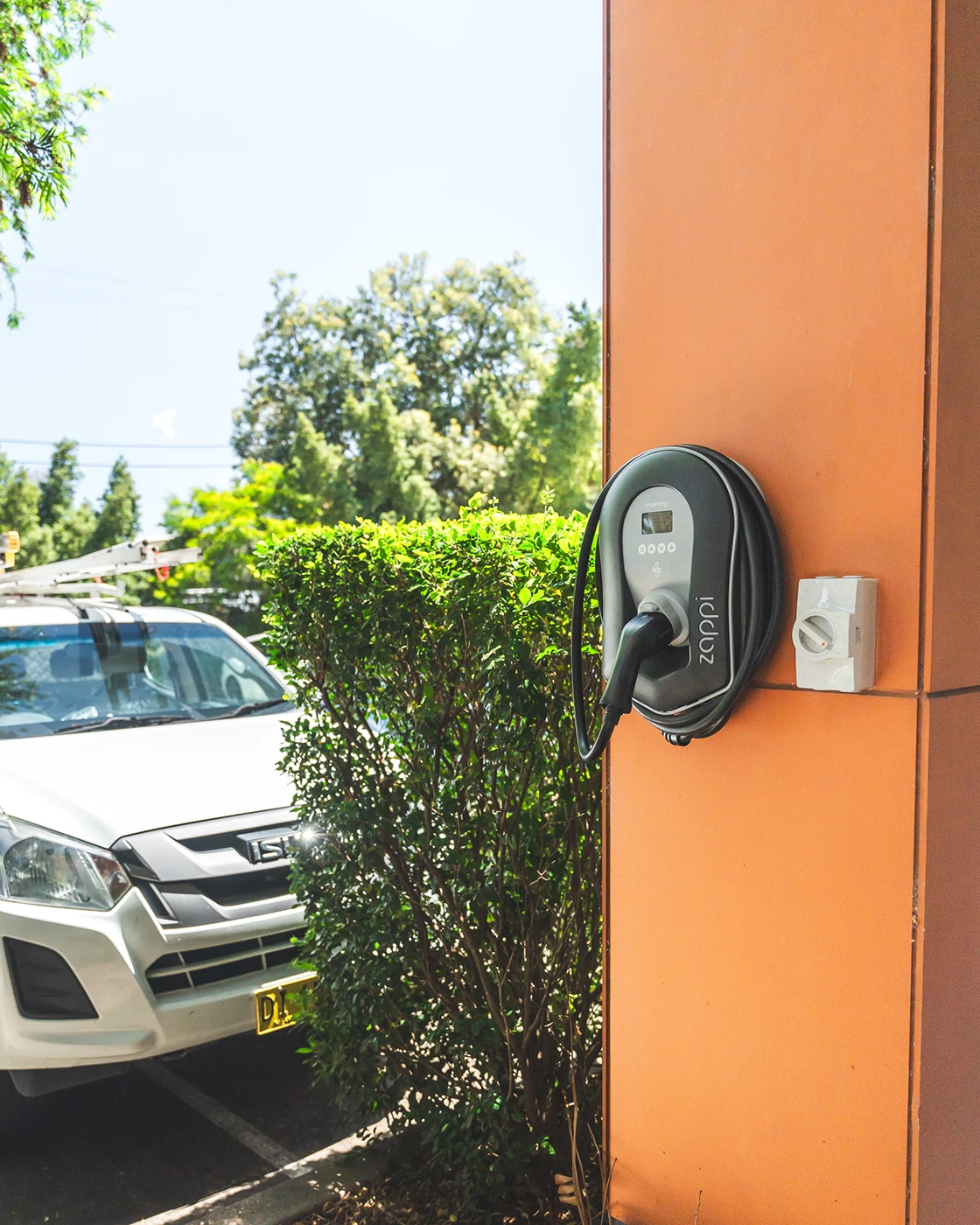
Experts in both residential and commercial electric vehicle charging station installations from 7kW - 360kW+.
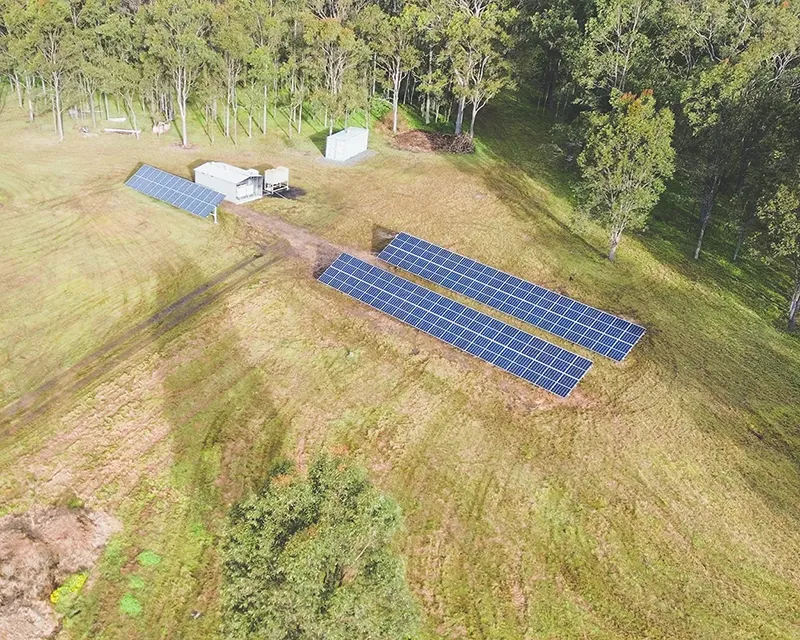
Specialists in off-grid solar and battery, helping properties never have to pay another electricity bill again.
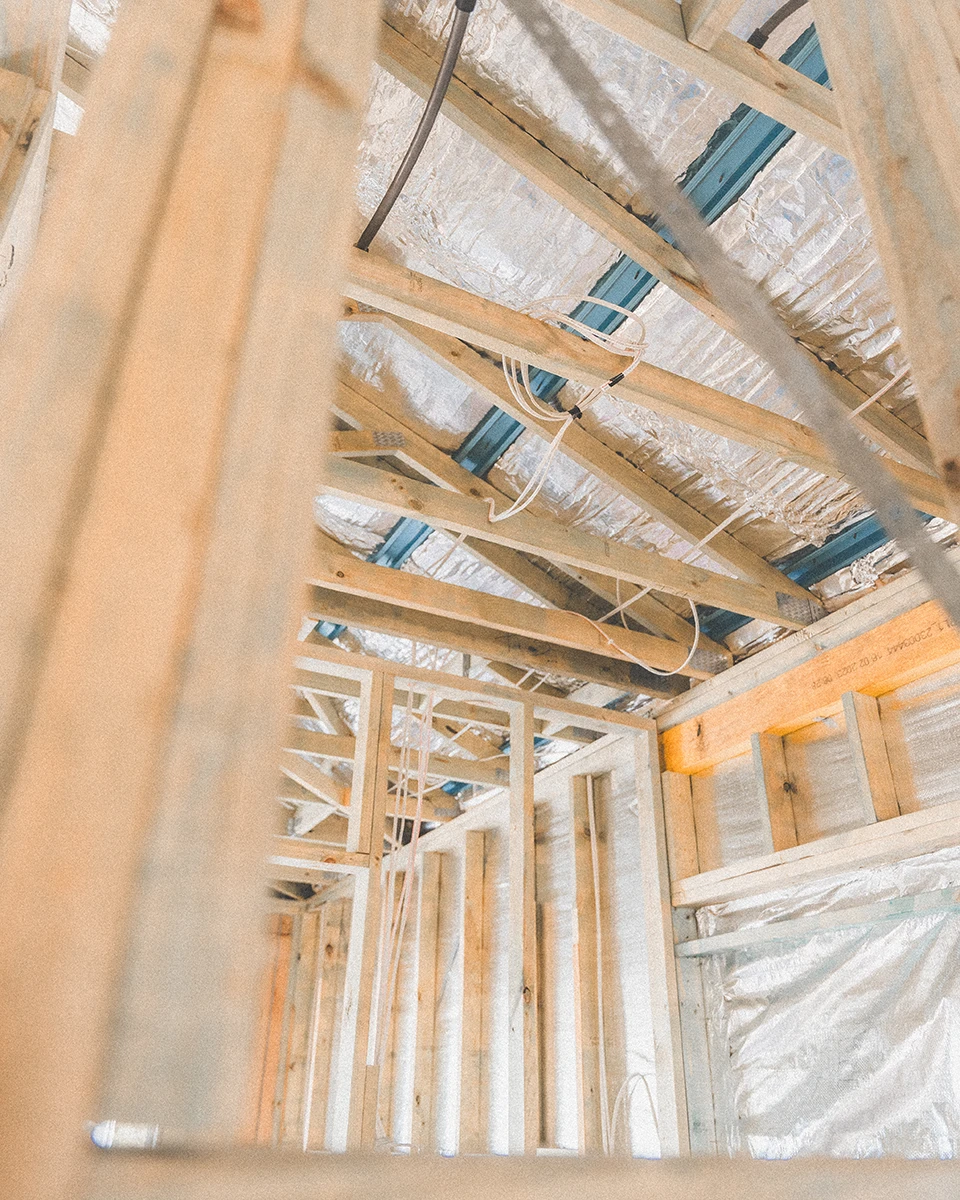
With decades of electrical and industry experience, our fully-qualified & licensed electricians are here to help.
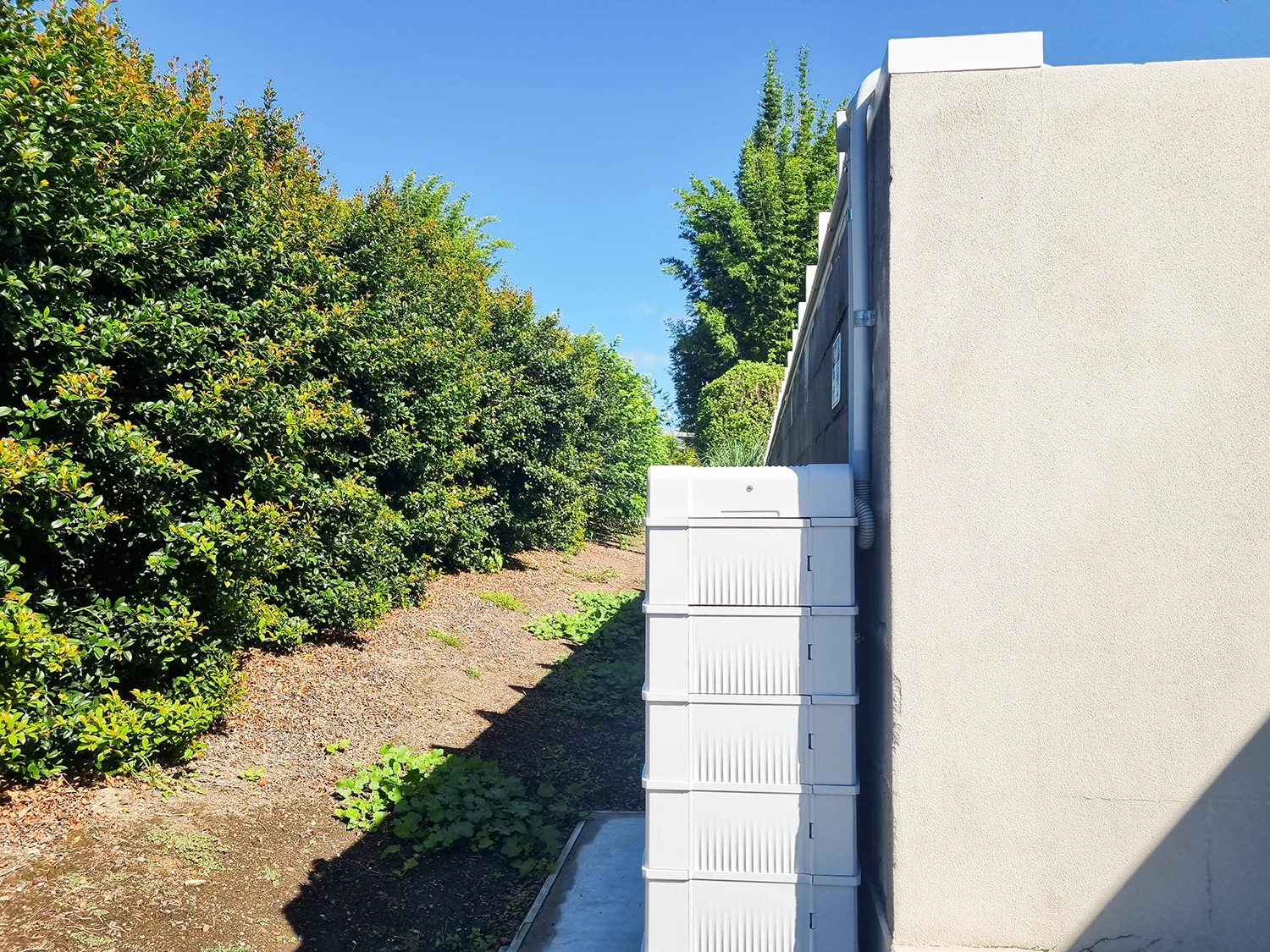
Maximise your solar generation with battery storage from reputable brands to accelerate return-on-investment.
Leave a Comment